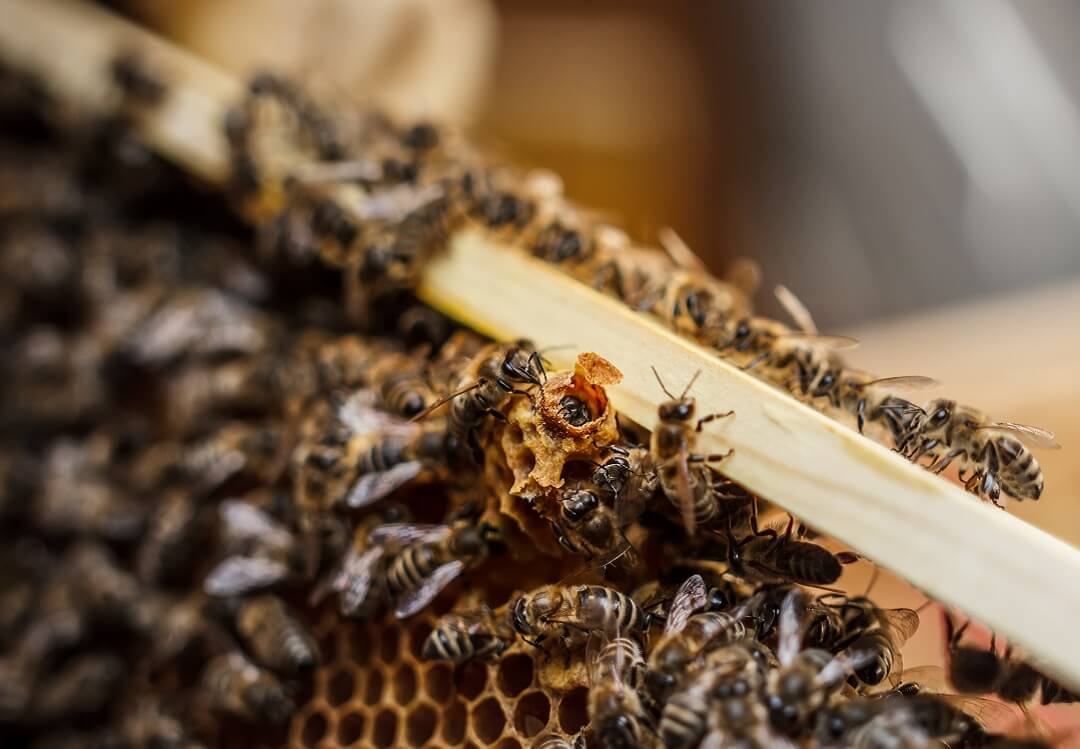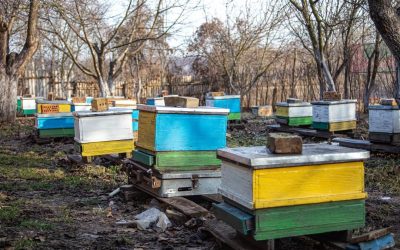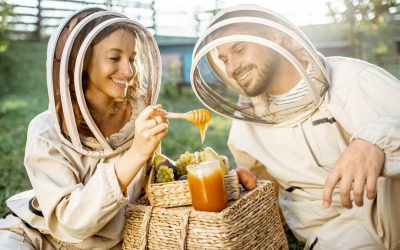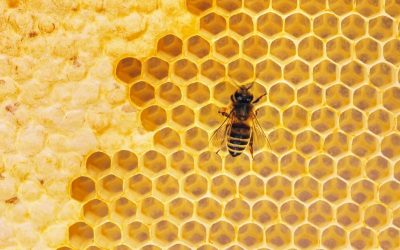The queen bee plays a vital role in a bee colony. She is the heart of the hive, responsible for laying eggs and ensuring the survival and growth of the entire bee community. Proper queen bee management is crucial for maintaining a healthy and productive hive.
In this article, we will delve into the importance of the queen bee, understand her role, and provide valuable tips for raising and replacing queens to ensure the success of your beekeeping venture.
Importance of Queen Bee
The queen bee is the mother of all bees in the colony. Her primary role is to lay eggs, ensuring the hive’s continuity. A healthy and productive queen is essential for maintaining a robust population and maximizing honey production. The queen also releases pheromones that regulate the behavior and unity of the colony. These pheromones keep the worker bees organized and focused on their tasks, ensuring the overall productivity and efficiency of the hive.
Raising a New Queen Bee
There are two primary methods for raising a new queen bee: natural queen rearing and artificial queen rearing.
Natural Queen Rearing
Natural queen rearing mimics the conditions in the wild when a colony needs a new queen. To raise a queen naturally, you can follow these steps:
- Swarm Prevention: Ensure your colony has enough space by providing additional brood boxes or supers. This helps prevent swarming, as a crowded hive can trigger the colony to produce queen cells.
- Recognizing Queen Cells: Regularly inspect your hive frames to identify queen cells. These cells are larger and elongated compared to worker cells. They are usually found on the edges or near the bottom of the frames.
- Queen Cell Management: Once you identify queen cells, you have two options: allow the colony to raise a new queen naturally or perform a split. Allowing the colony to raise a new queen naturally involves leaving the queen cells undisturbed. This method is ideal if you want the colony to produce its queen.
- Splitting the Colony: If you decide to perform a split, move one or more queen cells along with some nurse bees and food stores to a new hive. This method allows you to create a new colony with a queen of your choice.
Artificial Queen Rearing
Artificial queen rearing involves more intervention and control over the queen bee production process. Beekeepers commonly use this method to ensure specific traits in the new queens. Here’s a general outline of the process:
-
- Queen Cell Starter: Prepare a strong queenless colony, known as a queen cell starter. This colony should have enough nurse bees and food reserves.
- Grafting: Select larvae less than 24 hours old from a donor colony with desirable traits. Gently transfer the larvae into artificial queen cups using a grafting tool.
- Queen Cell Finisher: Place the grafted queen cells into a queen cell finisher colony. This colony should have mature worker bees and ample food resources. The finisher colony will nurture the grafted larvae and develop them into queen cells.
- Queen Introduction: Once the queen cells are capped, remove them from the finisher colony and introduce them to queenless colonies or nucs. Take proper precautions to ensure a successful queen introduction, which we will discuss in the following section.
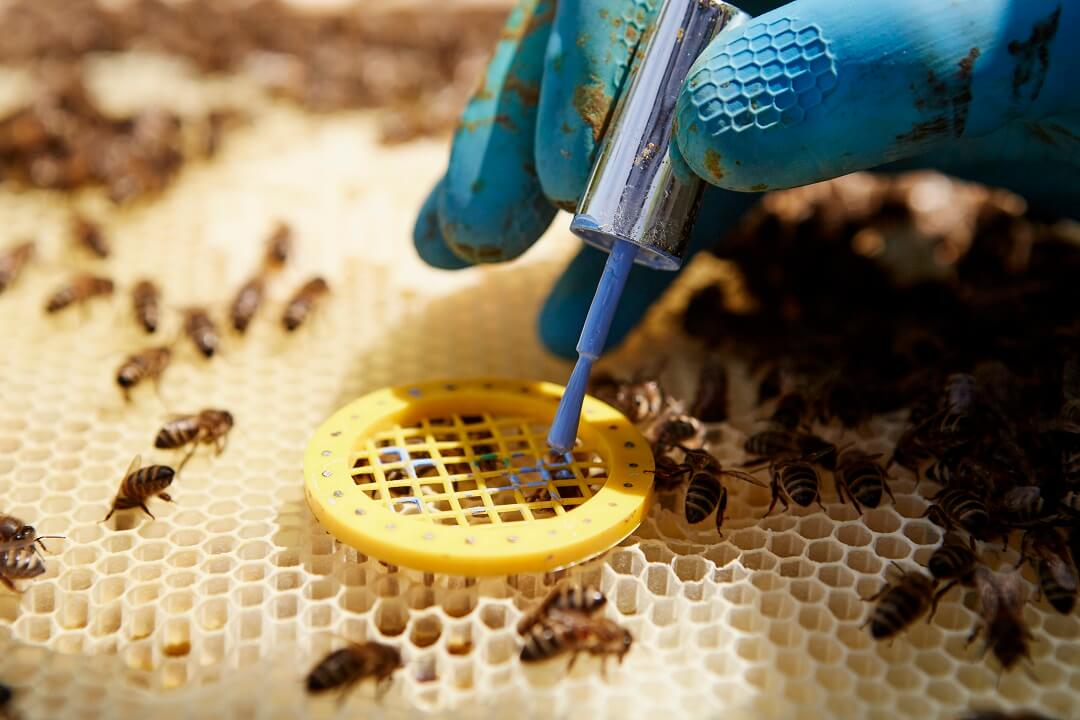
Tips for Successful Queen Introduction
Introducing a new queen to a colony can be a delicate process. Follow these tips to increase the chances of a successful introduction:
Timing
Introduce the new queen when the colony is queenless, or the old queen’s pheromone diminishes. Avoid introducing queens during the honey flow or when the colony is in a defensive mode.
Isolation
Isolate the queen in a queen cage for a few days to familiarize the worker bees with her pheromones. The cage should have small holes for worker bees to feed the queen but prevent her from being harmed.
Candy Plug
Insert a candy plug into the queen cage to gradually release the queen. This allows the worker bees to eat through the candy and become acquainted with the queen before her release.
Hive Preparation
Prior to introducing the new queen, ensure that the colony has adequate food stores, space, and a healthy brood pattern. A strong and well-nourished colony is more likely to accept and support a new queen.
Remove Queen Cells
Before introducing a new queen, remove any existing queen cells to prevent competition and potential conflict within the colony.
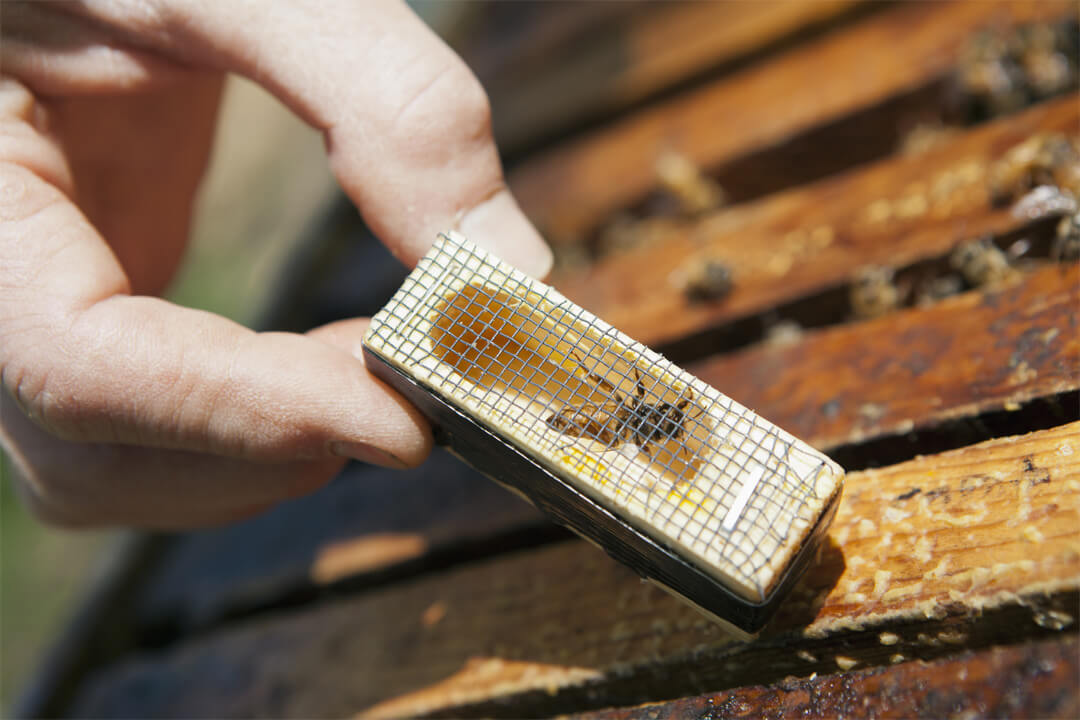
Replacing an Old or Unproductive Queen
Over time, a queen’s productivity may decline or she may become too old to effectively lead the colony. It is important to recognize the signs of an unproductive queen and take appropriate action. Here are some indicators that it may be time to replace your queen:
-
- Decreased Egg Laying: If you notice a significant decline in the number of eggs laid by the queen, it could be a sign of reduced productivity.
- Poor Brood Pattern: An inconsistent or spotty brood pattern, with large areas of uncapped cells, may indicate an unproductive queen.
- Aggressive Behavior: A queen that displays aggressive behavior towards the beekeeper or other bees may need to be replaced to maintain a harmonious and productive hive.
When replacing an old or unproductive queen, follow the steps outlined in the artificial queen rearing section. Introduce a new queen using the earlier methods to ensure a smooth transition.
Preventing and Managing Queen Bee Issues
To prevent and manage queen bee issues, consider the following practices:
- Regular Inspections: Conduct regular hive inspections to monitor the health and productivity of your queen. Look for signs of disease, check for a healthy brood pattern, and ensure the presence of eggs.
- Swarm Prevention: Providing ample space for the colony, performing regular splits, and managing the colony’s population can help prevent swarming and reduce the likelihood of queen issues.
- Genetics: Selecting and breeding queens from colonies with desirable traits can help improve the overall health and productivity of your hive. Choose queens from reputable breeders who prioritize traits such as gentleness, disease resistance, and high honey production.
- Disease Control: Proper disease management is crucial for maintaining the health of the queen and the entire colony. Implement effective pest and disease control strategies to minimize the risk of infections that can affect the queen’s well-being.
Conclusion
Queen bee management is an essential aspect of successful beekeeping. Understanding the importance of the queen, her role within the colony, and the methods for raising and replacing queens is vital for maintaining healthy and productive hives. By following the tips and guidelines provided in this article, you can enhance your beekeeping skills and ensure the longevity and prosperity of your bee colonies. Remember, a strong and productive queen leads to a thriving bee community and bountiful honey harvests.

